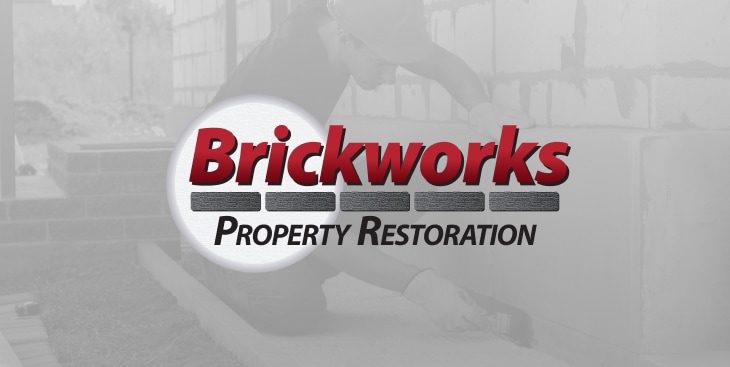

Why You Should Ask Your Builder About Through Wall Flashing
All buildings need external flashing. Flashing prevents water from penetrating the walls of a structure. In some instances, however, you also need internal flashing (i.e., “through wall flashing”). Here’s what you need to know so you can ask your builder if one or both types of flashing is appropriate for your own home:
What is Through Wall Flashing?
As mentioned, there are two basic types of flashing. External (or exposed) flashing is the kind you see around the exterior of a home where walls intersect the foundation, roof, windows, and doors. It protects the seams between building materials by preventing water from entering what would otherwise be exposed joints. All types of buildings made from all types of materials need some form of external flashing in several different places.
Internal (or concealed) flashing, on the other hand, is routinely added to buildings that make use of cavity walls. A cavity wall is a type of external wall that is composed of two layers (separated by a small gap) instead of one solid one. Contractors choose to build cavity walls when the materials being used for the exterior portion of a building or home are especially vulnerable to water damage, such as with masonry materials.
Why Masonry Homes Need Internal or Through Wall Flashing
Homes made from brick and stone need through wall flashing because these types of materials (masonry) are permeable; water and humidity can pass through them. If there is nowhere for that water to drain or a means by which it can evaporate, mold and mildew can develop, rotting the wall and anything near it, as well as exposing the inhabitants inside the building to dangerous mold.
Builders combat the permeable nature of masonry by constructing cavity walls. The hollow space between the inner and outer walls provides a place for any water that enters through the bricks to drain away from the inner wall. Internal or through wall flashing is simultaneously added within the cavity to accurately route and drain the water through weep holes. The combination of cavity walls, plus flashing and drainage holes, works as a whole to protect the rest of the entire structure.
Safeguard Your Home By Asking Your Builder about Using the Right Type of Flashing
Flashing is an important part of quality construction. It’s especially important when building homes with porous materials like stucco and brick, some of the most common materials used in new homes today. Understanding the different types of flashing and knowing when and where to use them, allows you to better protect your home’s integrity and helps you avoid expensive water damage to your home down the line.
Want to Learn More?
Too often here at Brickworks Property Restoration, we see the damage that water can cause to a home. If you would like to learn more about the best ways to protect what’s likely your biggest investment — your home — please contact us today.
Contact Us
Contact Us Today


We're Built on a Foundation of Excellence
Check Out Our Awards & Certifications
- Angi Super Service Award 2023
- Nextdoor Neighborhood Favorite 2023
- A+ Better Business Bureau Rating
- Certified by the Environmental Protection Agency
- Certified Chimney Sweep

